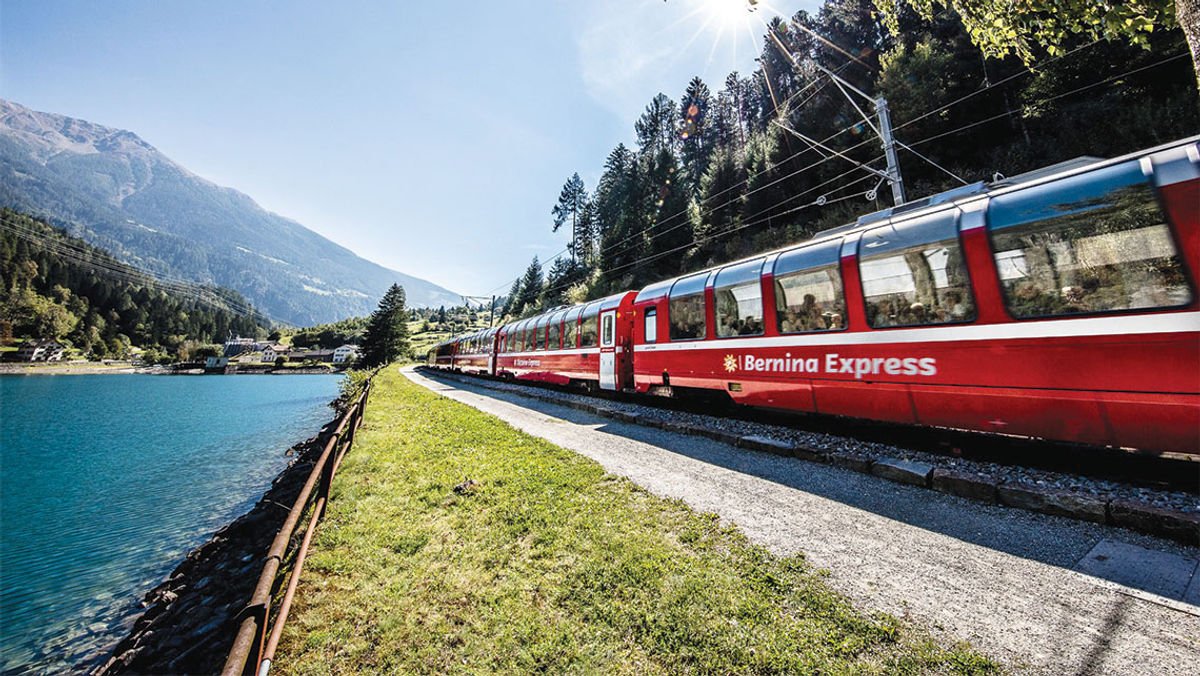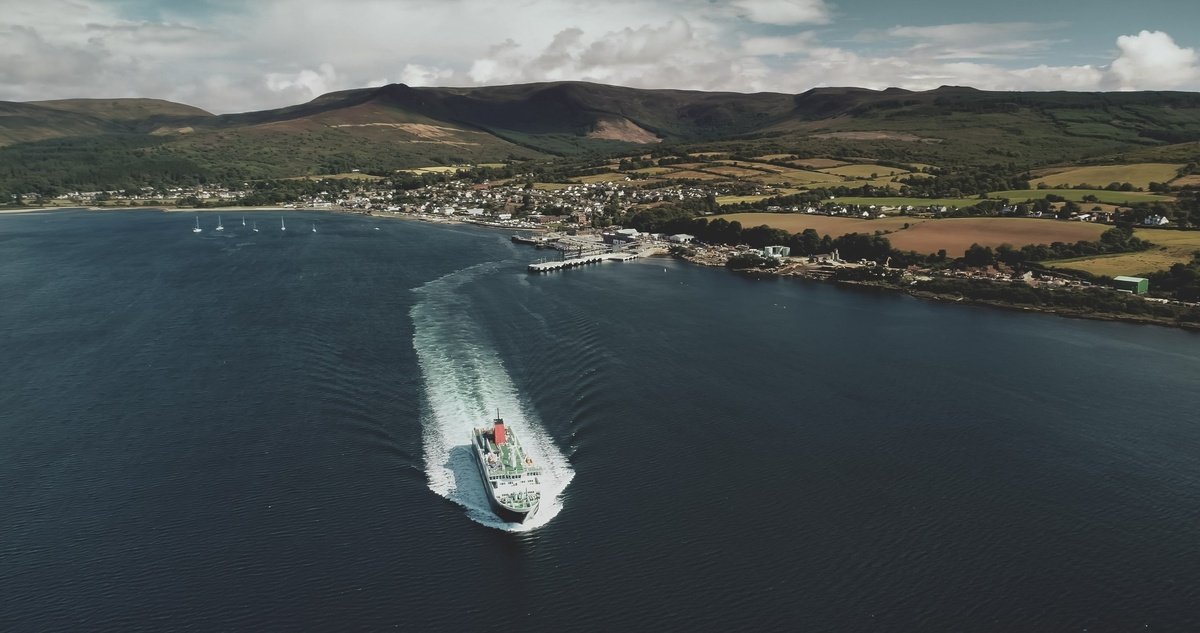With rail travel bookings surging both this year and next, tour operators are adding itineraries and product.
Railbookers has seen a 35% jump in year-over-year bookings for 2025 and a 51% increase for 2026 compared to the same time last year. The operator also owns Amtrak Vacations, which has seen a 15% increase in 2025 bookings year over year.
The rail specialists are not the only ones observing a spike in demand for train travel.
Intrepid Travel added six itineraries to its rail travel collection in July after unveiling the tours last year and seeing a 24% increase in bookings so far this year.
Intrepid Travel expanded its rail itineraries in July after seeing increased interest in the travel style over the last year. Photo Credit: Courtesy of Intrepid Travel
G Adventures debuted a rail collection in April that features itineraries with more than 50% of travel by train. G Adventures director of product Sean Benner said the collection was receiving a “ton of engagement” and that G already has plans to expand rail offerings due to the popularity.
“We’ve seen [with] the tours that have been tagged as rail collection, the sales are going up on those,” Benner said. “It is a trend that we’ve been aware of, and it’s exciting to see the engagement that we’re getting out of it.”
Tour operators and travel advisors cited various factors fueling demand to ride the rails, from new product to social media to nostalgia for the slower travel of the past.
“We’ve found that it really appeals to travelers looking for more thoughtful, immersive journeys that reduce their environmental impact,” said Intrepid spokesperson Hannah Choat. “While sustainability plays a role, the appeal of rail today is equally about pace, presence and deeper connection.”
Angela Walker, the vice president of operations at The Society of International Railway Travelers, said social media and nostalgia has fueled increased interest in rail travel. Photo Credit: Courtesy of Angela Walker
Angela Walker, vice president of operations for The Society of International Railway Travelers, a travel agency that specializes in luxury rail travel, also said slow travel is a major draw for clients opting for luxury rail itineraries.
Travelers enjoy the time spent on trains meeting other passengers, enjoying cocktails while watching the scenery go by and indulging in multicourse meals, she said.
“It is about the journey as well as the destination,” Walker said.
That was echoed by Benner, who said that slow, immersive travel and rail journeys go hand in hand. Rail travel differs from country to country, he added, providing a different experience based on the destination and a unique glimpse into the lives of locals.
“You’re traveling with commuters who are going to work every day,” Benner said of G Adventures’ itineraries. And he added that the experience “hits perfectly to our sort of ethos, the grassroots of community travel and being there with the community and experiencing it as a local.”
A passenger train in Poland, with the Tatra Mountains in the background. Photo Credit: Courtesy of G Adventures
New trains, vintage experiences
Social media is also driving the trend, operators said.
Take the iconic bullet trains in Japan or sleeper trains in India, for example. Those types of experiences, frequently shared on social media, can fuel desire to visit those destinations, Benner said.
Walker said that with social media picking up on the travel style, it appears to be in “the zeitgeist a little bit more than it used to be.” She also credited the premiere of new luxury trains this year as enticing travelers to get onboard.
Belmond launched its Britannic Explorer in England and Wales earlier this month, while La Dolce Vita Orient Express made its debut in Italy in April along with the Golden Eagle Silk Road Express in China, Walker said.
“It doesn’t happen very often that a new train comes along, much less three,” she said.
Though business at the Society of International Railway Travelers has remained steady, Walker said clients are skewing younger. Luxury rail is no longer only for retirees, she said, adding that she sees more Gen X and millennial clients.
Walker said nostalgia is also a factor, pointing to the personal connection many travelers have with rail travel, whether it’s a family member’s connection to the railroad or a childhood fascination with trains. Luxury train itineraries will sometimes feature a night when passengers dress in 1920s-inspired outfits, a nod to a heyday of rail travel.
Jackie DeAntonis, a Scott Dunn private travel manager, agreed and said the allure of the throwback experience proves to be a motivator for rail travelers.
“Our guests love the idea of dressing up for a glamorous dinner onboard and connecting with fellow travelers,” she said. “But even more important than the glamour is the opportunity rail travel affords them to explore lesser-known regions and experience magical moments.”

























You must be logged in to post a comment Login